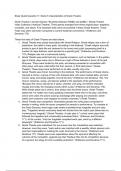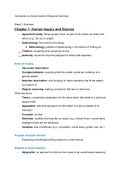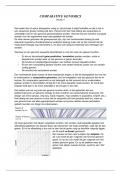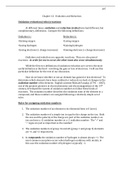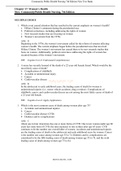Class notes
Theatre Test 3 Review
This theatre test review includes the answers to study guide questions relevant to the next chapters of The Enjoyment of Theatre textbook. These five pages of notes should help prepare you for your next theatre test as it covers characteristics of Greek theatre, characteristics of Seneca's plays, f...
[Show more]
